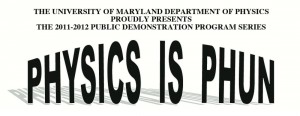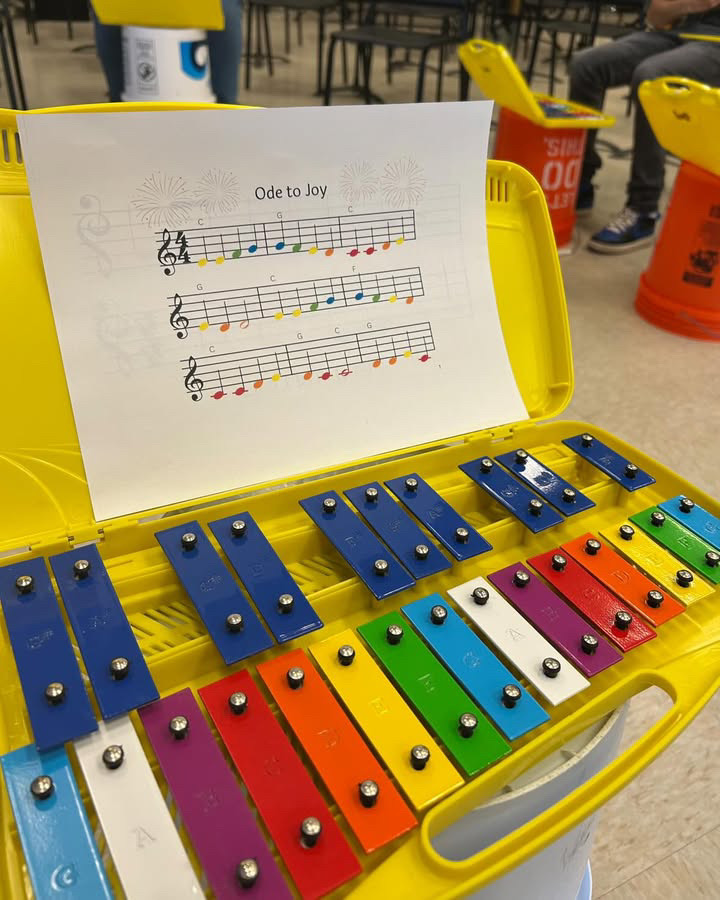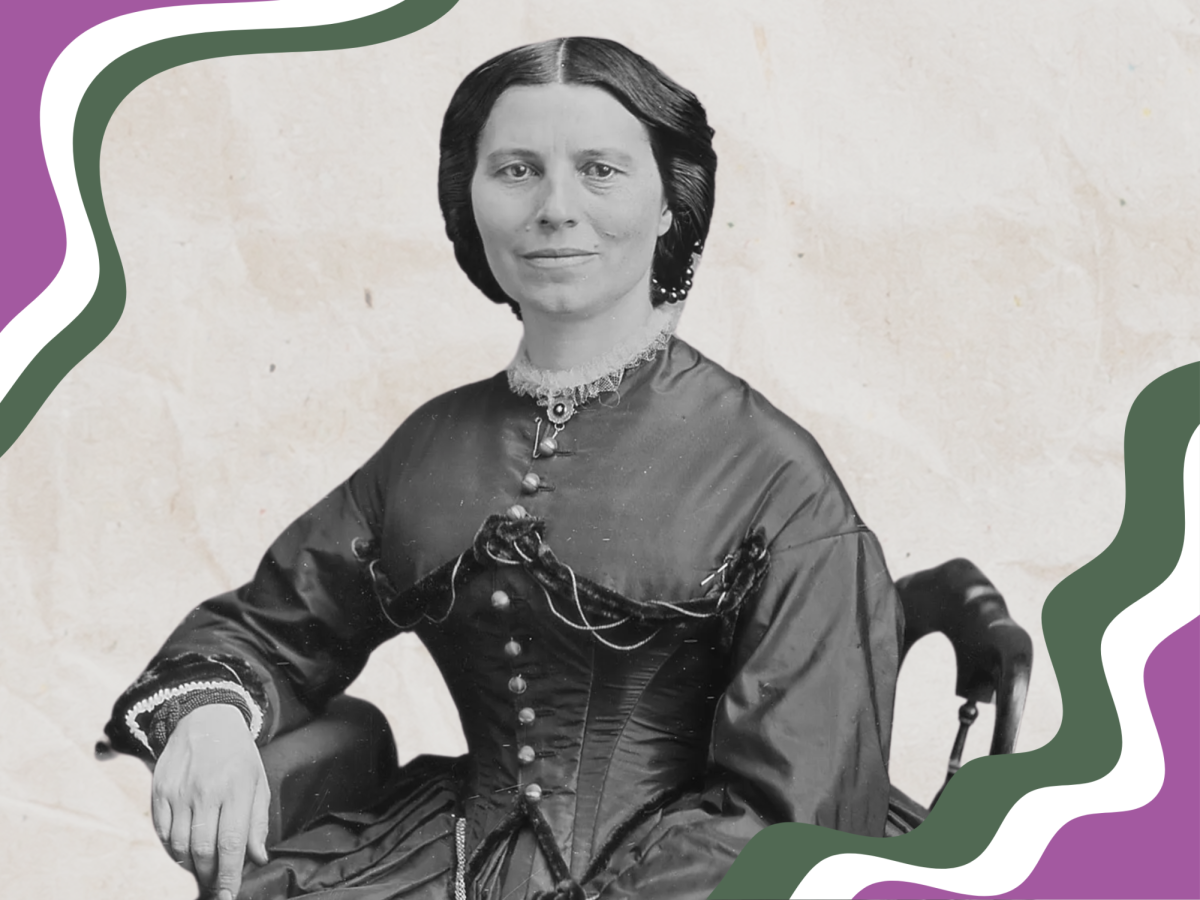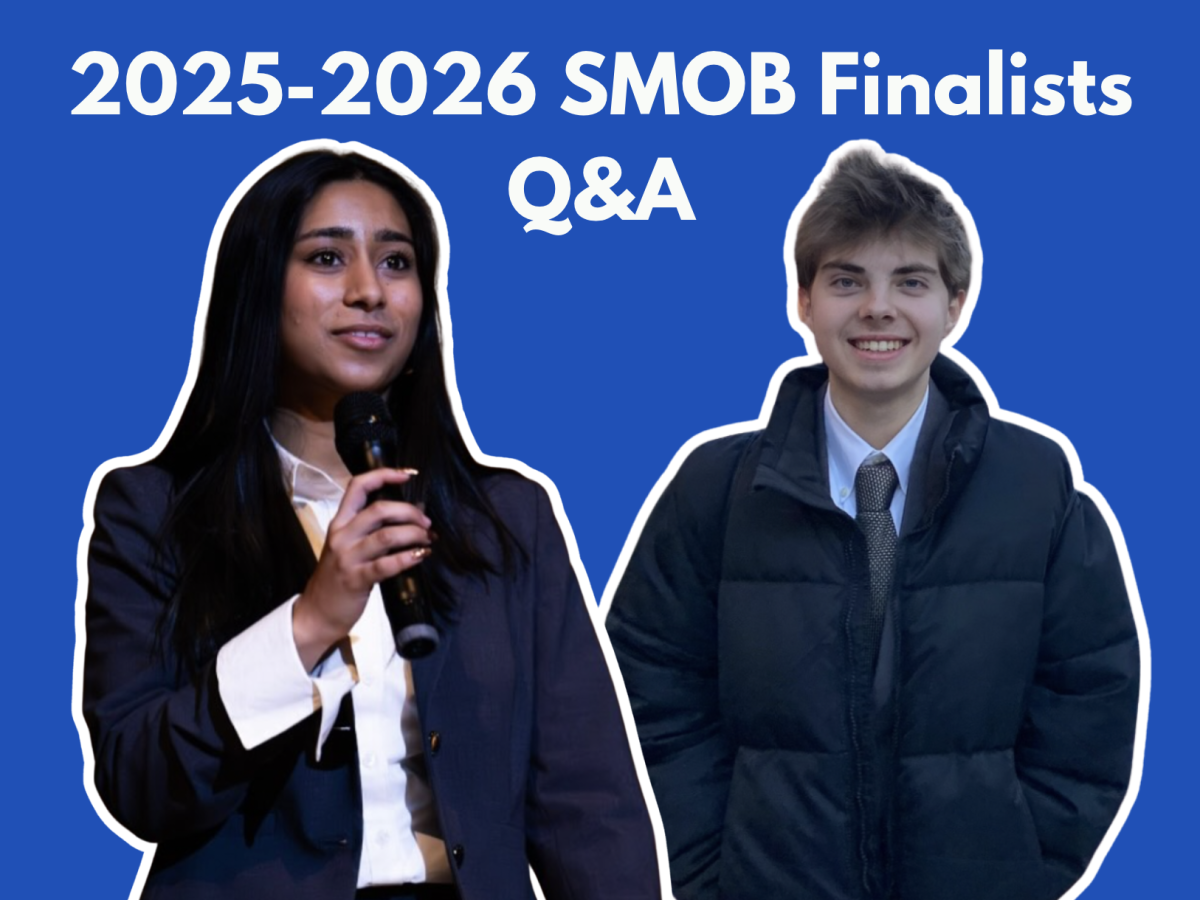Physics can be fun, with the help of the University of Maryland’s lecture series “Physics is Phun.”

In its 30 years of existence, “Physics is Phun” has acquired a steady following of high school students from around the area. With approximately 300 people attending each lecture, the series has begun to reach out to a wider audience that includes younger teens, as well as adults. The Saturday session in January was so full that people had to stand.
Physics teacher John Logun encourages his students to attend the lectures, offered four times a year, and offers the incentive of potentially bumping up borderline grades to those who attend.
Director Matthew Bobrowsky and the staff of the Physics Lecture-Demonstration Facility at UMD formally host the lectures. Bobrowsky said he enjoys teaching, and the lectures are a way for him to continue his passion, he said.
“I’ve had a passion for teaching science all my life, and I always used demonstrations to provide interesting examples of a particular concept,” Bobrowsky said. “I love to share the excitement of science with the world,” Bobrowsky said. “It’s great seeing people be amazed, entertained and amused.”
Bobrowsky and the “Physics is Phun” team have an assortment of about 1,600 demonstrations to use during the programs. Bobrowsky’s favorite demonstrations are the Beaker Breaker, where he breaks a glass beaker using sound waves, and the Electromagnetic Can Crusher. During a typical show, the department performs around 20 different demonstrations for the pre-lecture demonstration and 20 more for the hour-long lecture.
The “Physics is Phun” series recently won an award of merit from the Maryland Higher Education Commission. Bobrowsky has also earned multiple Teaching Recognition Awards and the Stanley J. Drazek Teaching Excellence award for his excellence in the field of science, as well as other individual awards.
This year, the “Physics is Phun” team is focusing on teaching four new subjects of physics-related curriculum. The shows will consist of demonstrations involving illusions, the atom and color, while the finale of the series will consist of a conglomeration of the department’s best experiments.
“I want to convey that in science we can actually test ideas and find out what’s right and what’s not,” Bobrowsky said. “In this way, science is a self-correcting endeavor with an extremely high success rate.”
The next series March 8 to 10 focuses on color. The presentation runs from 7:30 to 8:30 p.m., while audience members can come early at 7:00 p.m. for the chance to participate in hands-on activities. See this flyer for more details.









